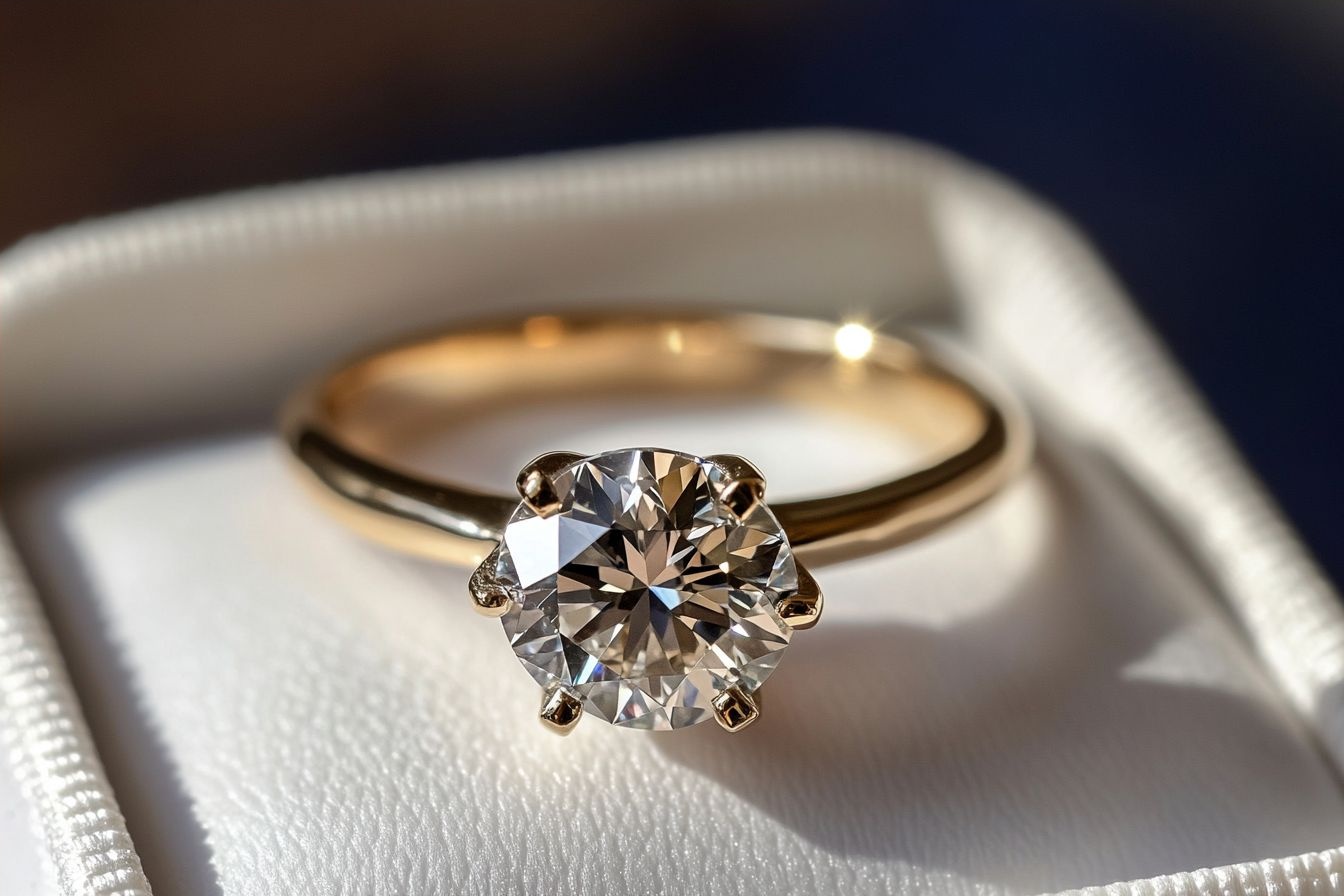Read tips for Victorian engagement ring styles
Victorian engagement rings embody romance and intricate craftsmanship from an era spanning 1837 to 1901. These timeless pieces feature distinctive design elements that continue to captivate modern couples seeking vintage elegance. Understanding the historical context, popular materials, and symbolic motifs helps you appreciate and select authentic Victorian-inspired rings that honor this remarkable period in jewelry history.

Victorian engagement rings represent one of the most romantic and detailed periods in jewelry design. Named after Queen Victoria’s reign from 1837 to 1901, these rings showcase exceptional craftsmanship and deeply symbolic elements. The era is typically divided into three distinct periods: the Romantic Period (1837-1855), the Grand Period (1856-1880), and the Aesthetic Period (1881-1901). Each phase brought unique design characteristics that influence contemporary ring styles.
Discover timeless Victorian motifs
Victorian engagement rings are renowned for their intricate symbolic motifs that conveyed deep emotional meanings. Serpent designs symbolized eternal love and were particularly popular after Prince Albert proposed to Queen Victoria with a serpent ring. Floral patterns including roses, forget-me-nots, and orange blossoms represented various sentiments from love to remembrance. Hands clasping hearts, known as fede rings, signified unity and commitment. Acrostic jewelry spelled out words using gemstone initials, with REGARD (Ruby, Emerald, Garnet, Amethyst, Ruby, Diamond) and DEAREST being popular choices. These motifs were often combined with delicate filigree work, milgrain detailing, and ornate engravings that created dimensional, romantic pieces. The language of flowers and gems was well understood during this period, making each ring a personalized message of affection.
Uncover popular materials and settings
The materials used in Victorian engagement rings reflected both technological advances and aesthetic preferences of the era. Yellow gold dominated the early Victorian period, while rose gold gained popularity during the mid to late era due to the addition of copper alloys. Silver topped gold settings became common for diamond rings, as the white metal enhanced the brilliance of stones. Diamonds were increasingly accessible after discoveries in South Africa during the 1860s, though they remained precious. Colored gemstones including sapphires, rubies, emeralds, and garnets were equally popular and often more affordable. Settings typically featured low profiles with closed backs, as gemstones were valued more for color than brilliance. Cluster settings arranged smaller stones in floral or geometric patterns, maximizing visual impact. Bezel settings and prong settings with ornate metalwork protected stones while adding decorative elements. The craftsmanship emphasized hand-fabrication techniques that created unique, one-of-a-kind pieces.
Learn about historical influences
Victorian jewelry design was profoundly shaped by historical events, technological innovations, and cultural movements. Queen Victoria’s personal taste heavily influenced jewelry trends throughout her reign. Her love of sentimental jewelry and mourning pieces after Prince Albert’s death in 1861 popularized black jet, onyx, and dark enamel work. The Industrial Revolution introduced new manufacturing techniques including electroplating and improved gem cutting methods, making jewelry more accessible to the middle class. Archaeological discoveries in Egypt, Greece, and Rome inspired revival styles featuring classical motifs, scarabs, and Greek key patterns. The Aesthetic Movement of the late Victorian period emphasized artistic beauty and nature-inspired designs with flowing lines and asymmetry. The discovery of diamond mines in South Africa transformed diamond availability and popularity. These influences combined to create a rich, varied jewelry tradition that balanced sentimentality with technical innovation.
Navigate modern trends in design
Contemporary jewelers and couples increasingly embrace Victorian-inspired engagement rings, blending historical authenticity with modern preferences. Reproduction rings faithfully recreate period designs using traditional techniques and materials, appealing to purists seeking genuine Victorian aesthetics. Vintage-inspired designs incorporate Victorian elements like filigree, milgrain, and colored gemstones while adapting proportions and settings for contemporary tastes. Mixed metal designs combine yellow, rose, and white gold to create dimensional, eye-catching pieces. Ethical sourcing has become paramount, with many choosing lab-grown diamonds or responsibly mined gemstones that honor Victorian beauty without environmental concerns. Customization allows couples to incorporate personal symbols and gemstones while maintaining Victorian styling. Three-stone settings represent past, present, and future while echoing Victorian cluster designs. Halo settings frame center stones with smaller diamonds, reminiscent of Victorian cluster techniques but with modern brilliance-focused cutting. The trend toward unique, meaningful rings over mass-produced designs aligns perfectly with Victorian values of personalization and craftsmanship.
Explore intricate ring styles today
Several specific Victorian ring styles remain highly sought after in today’s market. The marquise-shaped cluster ring arranges diamonds or gemstones in an elongated oval, creating an elegant finger-flattering silhouette. Gypsy settings embed stones flush with the metal band, offering durability and understated elegance. Toi et moi rings feature two stones representing two souls coming together, often in contrasting colors or cuts. Cameo and intaglio rings carved with portraits or classical scenes provide wearable art with historical significance. Snake rings coiled around the finger remain popular for their symbolic meaning and distinctive appearance. Mizpah rings split into two interlocking pieces, symbolizing connection across distance. Five-stone rings represent love, health, wealth, happiness, and longevity. When selecting a Victorian-style ring, consider the recipient’s lifestyle, personal style preferences, and which period aesthetics resonate most strongly. Authenticity matters whether choosing a genuine antique or a well-crafted reproduction. Work with jewelers who understand period-appropriate techniques and can source or create pieces that honor Victorian craftsmanship while meeting modern quality and durability standards.
Victorian engagement rings offer timeless beauty rooted in romance, symbolism, and exceptional craftsmanship. Whether selecting an authentic antique piece or a contemporary interpretation, these rings provide meaningful connections to a rich historical tradition. The intricate details, symbolic motifs, and personal touches that defined Victorian jewelry continue to resonate with couples seeking engagement rings that tell a unique story. By understanding the historical context, materials, and design elements of this remarkable era, you can choose or create a ring that honors the past while celebrating your future together.


